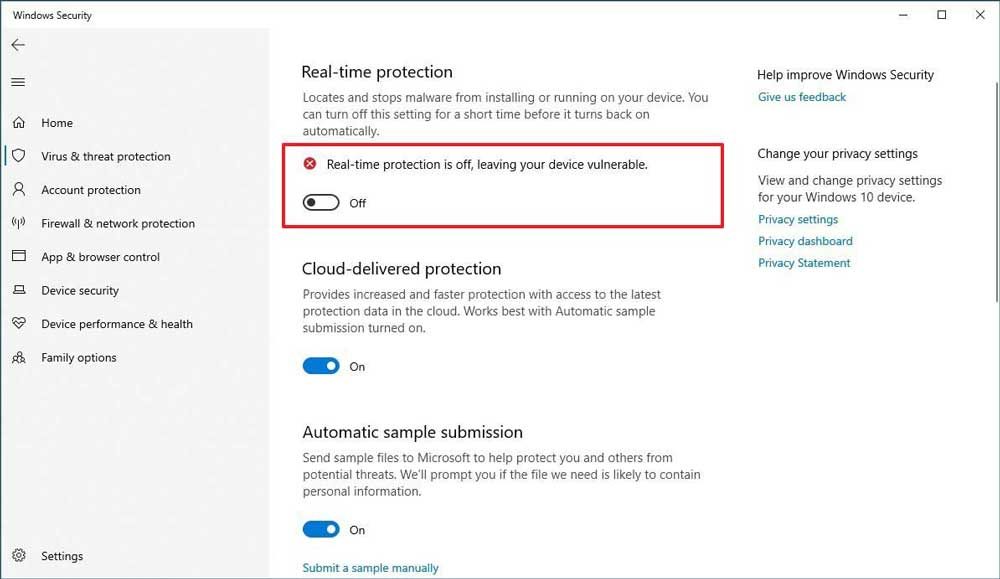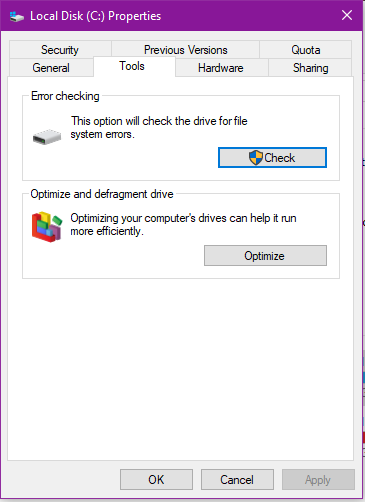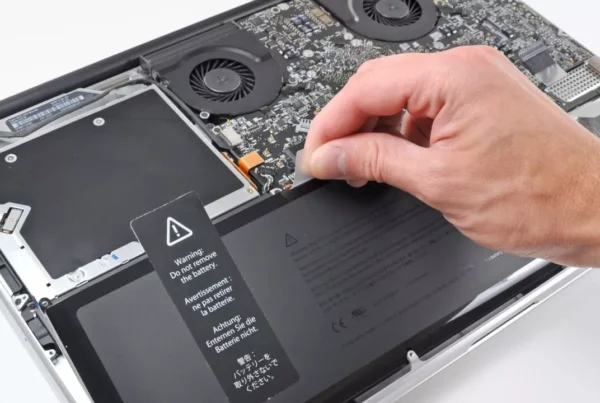RECOMMENDED: Click here to fix Windows errors and get the most out of your system performance
Several Windows users report that they are no longer able to start regularly. During the boot sequence, the boot sequence is interrupted by a BSOD (Blue Screen of Death) pointing to aswNetSec.sys as the file responsible for a critical system failure. Some users report that they can boot into safe mode without connecting to the network. The problem is mainly with Windows 10, but it is not exclusive to this version of Windows, since we also find it in Windows 7 and Windows 8.1.

What is the blue screen of death?
The reason you are here is probably because you encountered an annoying BSOD error. BSoD affects all Windows operating systems, and fixing them is quite a difficult task that needs a lot of patience.
A blue screen of death (BSOD), also known as a stop error, dead screen, blue screen error, or bug check, is an error code on a blue background that appears on your computer screen when the system detects a critical error that is causing a system. glitch.
What is the cause of the aswNetSec.sys BSOD?
We have investigated this particular issue by reviewing various user reports and looking at the most common fixes that affected users made to fix this particular bug report. Actually, this type of BSOD can open in different scenarios. Here is a list of culprits that can cause this type of critical failure:
- The Avast file is the cause of the error. In the vast majority of reported cases, Avast is the cause of the problem. There is a conflict with the kernel application, causing a critical system crash. If this is the case, you can fix the problem by removing a third-party antivirus program (Avast).
- Damage to the system file. If Avast is not responsible for the failure, the BSOD is most likely caused by the main system corruption issue. If this scenario is applicable, you can perform a repair installation (straight recovery) to fix the problem.
Turn off antivirus software

Even though antivirus applications are required on all computers, it is still possible that they will cause complications that make aswNetSec.sys fail. This is due to clashes between your system and the software. The most common attackers are McAfee, Malwarebytes, AVG, and Zone Alarm.
If you think that your antivirus has something to do with a blue screen error, we suggest that you temporarily disable it. You can do this by uninstalling the app:
- Open the Start menu by clicking the Windows icon in the lower left corner of the screen.
- windows symbol
- In the context menu on the left, click on “Settings”. It is marked with a pinion symbol.
- You will see a new window with quite a few system parameters. Click on Applications.
- Stay on the default page and wait for your apps to load. This may take some time, depending on the number of apps installed on your device.
- Use the search function to find your antivirus application.
- Click on your antivirus application and select “Delete”.
- Follow the instructions on the screen and restart your computer after the uninstall is complete.
After uninstalling your antivirus application, try using your computer normally to see if the aswNetSec.sys error occurs again.
Check your hard drive for errors

If your computer still has a terrible BSOD error, it is possible that your hard drive is faulty. In this situation, you should check your hard drive and repair it if there is any problem.
Follow the instructions below to scan your hard drive in Windows 7:
- Start -> Open Windows Explorer -> Computer
- Find the hard drive you want to test -> right click on it.
- Properties -> Tools -> Check Now
- The Check Disk window will open.
- Select “Automatically fix file system errors” and “Check for bad sectors and try to restore them”.
- Start -> Hard Drive Check Schedule -> Exit Programs -> Restart Computer
To check your hard drive in Win 10, follow these steps:
- Windows + X key -> search field
- Type “cmd” -> right click on the command line -> Run as administrator -> Yes
- Type chkdsk.exe /f /r -> Enter -> Enter Y
- Close all your applications -> restart your computer.
conclusion
We hope these tips help you get rid of aswNetSec.sys blue screen error in Windows 10. If you have any other questions, problems, or bug fixes, feel free to contact us! Our Windows 10 area is filled to the brim with helpful posts. We fix bugs and defects and give you general information about Windows 10.
RECOMMENDED: Click here to fix Windows errors and get the most out of your system performance





